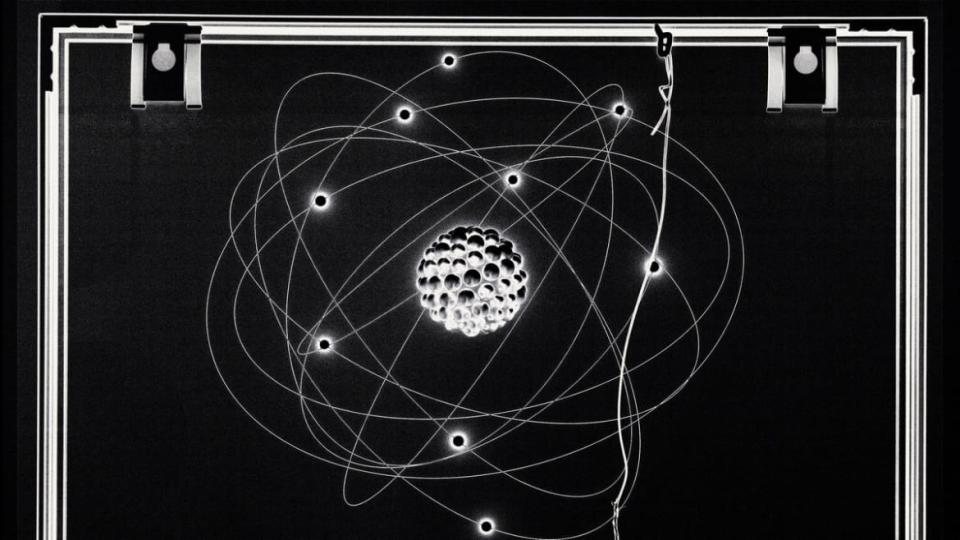The World’s Tiniest X-Ray Is Smaller Than You Can Imagine

While your typical X-ray might involve a lead apron draped on you while your dentist snaps photos of your mouth, the process can actually snapshot objects much, much smaller and more precise than just your molars. Doing so allows scientists to study the very building blocks that make up all matter in the universe—and could even lead to better hardware for technology in the future.
For a long time, though, there was a limit to what scientists could X-ray. The smallest objects X-rays could observe were on the scale of attograms (or 10,000 atoms or more). That record has now been surpassed after a multi-university team has successfully taken an X-ray of a single atom.
In a study published Wednesday in the journal Nature, the authors used a new type of X-ray instrument to detect the incredibly minute signals of just one atom. The authors say this achievement opens the opportunity for future X-ray analyses for atomic and molecular structures in general, which could allow scientists to manipulate atoms in different materials to tailor for specific technologies.
NASA Took an X-Ray of the Sun and It’s Trippy AF
“Atoms can be routinely imaged with scanning probe microscopes, but without X-rays one cannot tell what they are made of,” lead author Saw Wai Hla, a physicist at Ohio University and the Argonne National Laboratory, said in a statement. “We can now detect exactly the type of a particular atom, one atom-at-a-time, and can simultaneously measure its chemical state.”
To achieve this, the team created a specialized X-ray detector with a metal tip pointed extremely close to a single atom. This allowed them to gather the electrons needed to obtain an X-ray level image of the atom and its environment via a process known as quantum tunneling. This occurs at extremely small sizes and lets scientists identify the incredibly precise minutia of a specific material.
The goal of the investigation was specifically to analyze the atoms of commonly used material elements like iron and terbium. Being able to analyze single atoms in these elements allows them to collect data on its environment and changing chemical state. These insights will allow material scientists to develop better, more sophisticated hardware such as batteries and microchips for tech like smartphones, laptops, and even hospital equipment.
“This will have a great impact on environmental and medical sciences and maybe even find a cure that can have a huge impact for humankind,” Hla added. “This discovery will transform the world.”
Get the Daily Beast's biggest scoops and scandals delivered right to your inbox. Sign up now.
Stay informed and gain unlimited access to the Daily Beast's unmatched reporting. Subscribe now.

 Yahoo Sports
Yahoo Sports 